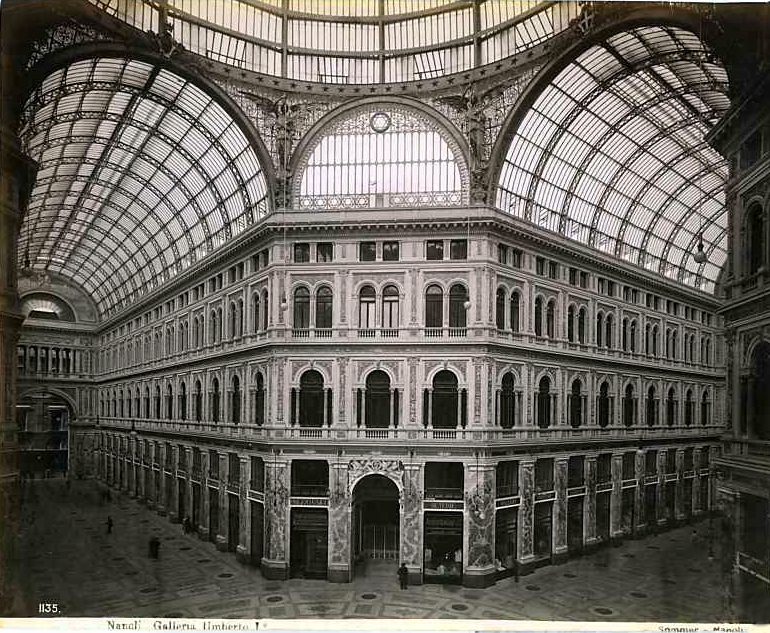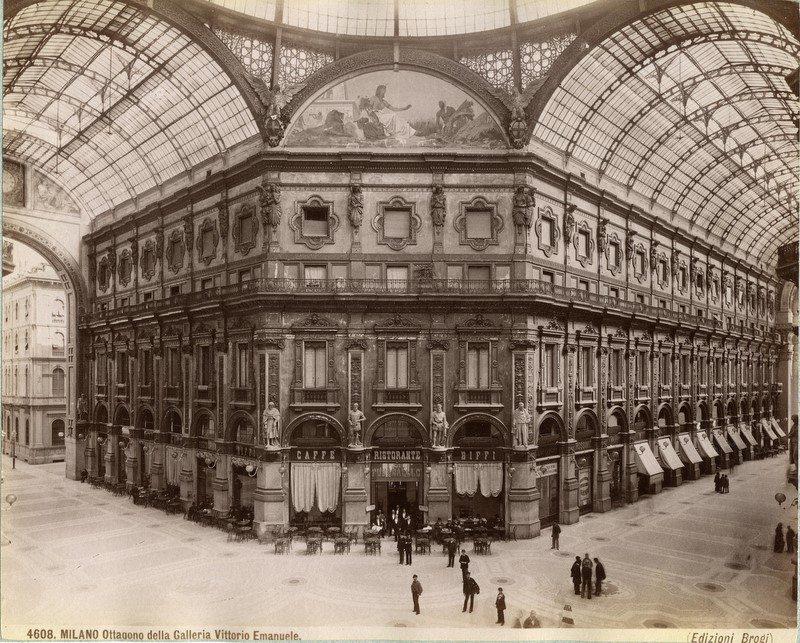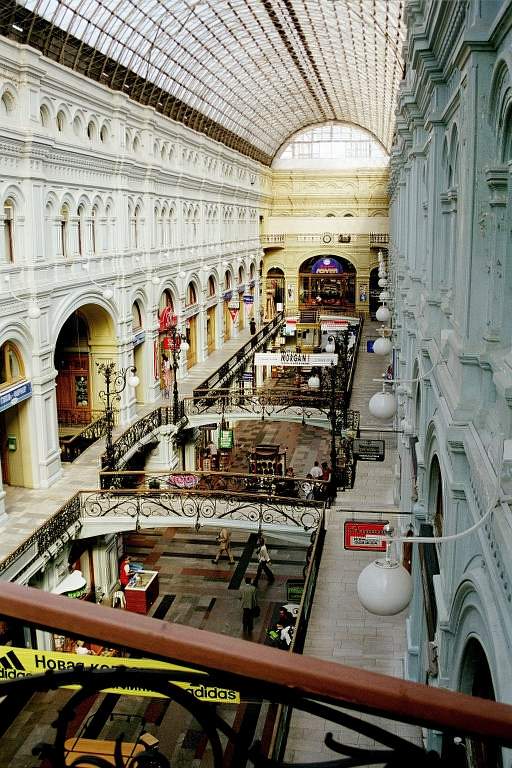Developer’s golden touch put to the test
One of the Hub’s most prolific builders takes on the blighted Filene’s site in Downtown Crossing
By Casey Ross
Globe Staff / February 14, 2012
For a man who just agreed to take over the most high-profile building project in Boston - the redevelopment of the Filene’s block - Anthony Pangaro has a remarkable aversion to the public spotlight.
He only enters it when he must, like the moment two weeks ago when he appeared with Mayor Thomas M. Menino to outline his plan for a massive tower at the Downtown Crossing property. He offered a few details - saying the building could reach 600 feet in height - but mostly spoke in broader terms.
“Downtown buildings [should] have a life of their own, but understand and appreciate the life of the city around them,’’ Pangaro said. “The best cities are the cities that put things on the sidewalk, that have something for everybody and are good sheltering places to be.’’
He spoke for about four minutes, offered praise for the mayor and the Boston Redevelopment Authority, and left the news conference before reporters could follow up with questions.
For nearly four decades, Pangaro has used an understated, diplomatic style to become one of the city’s most prolific developers, building luxury projects such as the Four Seasons Hotel and the massive Ritz-Carlton complex. He has also become a close ally to Menino in his effort to remake Downtown Crossing into a vibrant retail and residential district.
Now Pangaro is taking on that neighborhood’s toughest test: restarting construction at the Filene’s site, where a work stoppage in 2008 left a massive construction crater at the area’s most prominent commercial corner. Pangaro’s firm, Millennium Partners, took over the project earlier this month from Vornado Realty Trust of New York (Vornado remains an investor), pledging to build a $500 million tower on the site with residences, offices, and stores.
Millennium and its founders are based in New York, but Pangaro heads its operations in Boston, where he has worked in real estate and government since the early 1970s. He cut his teeth as a public servant overseeing one of the most contentious public works projects in Boston’s recent history, the relocation of the MBTA’s Orange Line in the South End, Roxbury, and Jamaica Plain.
Pangaro declined to comment for this article, but several past and current associates describe him as a developer with unusual patience and a deft political touch, both keys to success in a city where an ill-timed public statement can sink a project.
“He’s very astute about how the development process works,’’ said Richard Dimino, president of A Better City, a business organization that tracks development issues in Boston. “Every city has certain guidelines and rules, both spoken and unspoken. He and Millennium know that and have developed a track record of getting things done.’’
Pangaro’s biggest success in Boston was the development in the late 1990s of the Ritz-Carlton complex a few blocks from the Filene’s site. That project had plenty of doubters given its location at the edge of the old Combat Zone, an area so-named for the bursts of violence that would erupt from its collection of seedy bars and nightclubs.
But in the years since its opening, the Ritz has done more to wash the Combat Zone from city maps than perhaps any other single development, with its upscale restaurants and retail stores, a movie theater, and hundreds of new residents.
Millennium “made a big investment in a site that a lot of other people overlooked,’’ said Thomas O’Brien, who was director of the Boston Redevelopment Authority when Pangaro and his partners pitched the project. “They made something big happen that completely changed that section of Washington Street. It’s a very important story in the history of the city.’’
In recent years, the firm has struggled to move forward with another large residential and retail project on a former city-owned parking lot across the street. Millennium obtained permits to build Hayward Place in 2006, but the project languished during the economic downturn, and the firm only recently started construction of a 15-story tower with more than 250 residences.
Pangaro, who grew up in New Jersey and attended Harvard University, was not always focused on luxury developments. He turned to government - not business - when he graduated from Harvard, joining the BRA under the legendary urban renewal specialist Edward Logue. A few years later he was recruited by Governor Frank Sargent to lead the controversial realignment of the Orange Line.
The $1 billion project was massive for its time and politically complicated due to the number of neighborhoods - and competing motivations - it crossed. The realignment and modernization of the rail line followed Sargent’s decision to halt highway construction inside Route 128, effectively killing a controversial inner beltway that would have plowed through city neighborhoods.
Fred Salvucci, a former state transportation secretary who worked on the project, said Pangaro had an impressive ability to handle logistical complexities. But what stood out, Salvucci said, was his attention to the innumerable requests and concerns that bubbled up from the neighborhoods.
He recalled Pangaro’s encounter with an elderly Jamaica Plain resident named Charlotte Herde, who vehemently argued, contrary to the state’s plans, that a new T station should be built at Stony Brook. At public meetings, Herde spoke of a prior train station on the property that she remembered from childhood, when she would ride the train into the city with her father. Some officials doubted her memory, but at one meeting Herde even produced the ticket stubs she had kept from those trips to prove she wasn’t crazy, or senile.
Eventually, after much haranguing, the state decided to build the station, and Pangaro asked that it include a small, but lasting, monument to Herde’s advocacy: He got her ticket stubs enlarged and embedded into the walls of the station, where they are still posted today.
“I think Tony really respected how much she cared,’’ Salvucci said. “He understood that projects like that brings out a lot of points of view, and you really have to figure out a way to integrate them into the finished product.’’
After the Orange Line project, Pangaro joined Macomber Development Associates, where he was part of a team that built the Four Seasons Hotel on Boston Common. He also developed the office and retail building at 75 Arlington St., transforming the old Paine Furniture building and a Greyhound depot into a more modern complex that contains the upscale restaurant Davio’s and several furniture retailers.
His development projects in Boston fit within a tight radius within the downtown streets Menino has spent years trying to rehabilitate. Millennium and its employees have also given heavily to Menino’s political campaigns - more than $14,000 since 2005 - and they have been among the city’s most prolific builders.
In introducing Millennium at the Filene’s news conference earlier this month, Menino said there is no political secret behind his faith in Pangaro’s firm; he said it is driven by Millennium’s ability to follow through with its promises for the Ritz and other developments - a virtue sorely needed at the long-idled Filene’s site.
“A lot of developers come and go,’’ the mayor said. “But when Millennium Partners comes into your city, they get the job done.’’
Casey Ross can be reached at
cross@globe.com.






